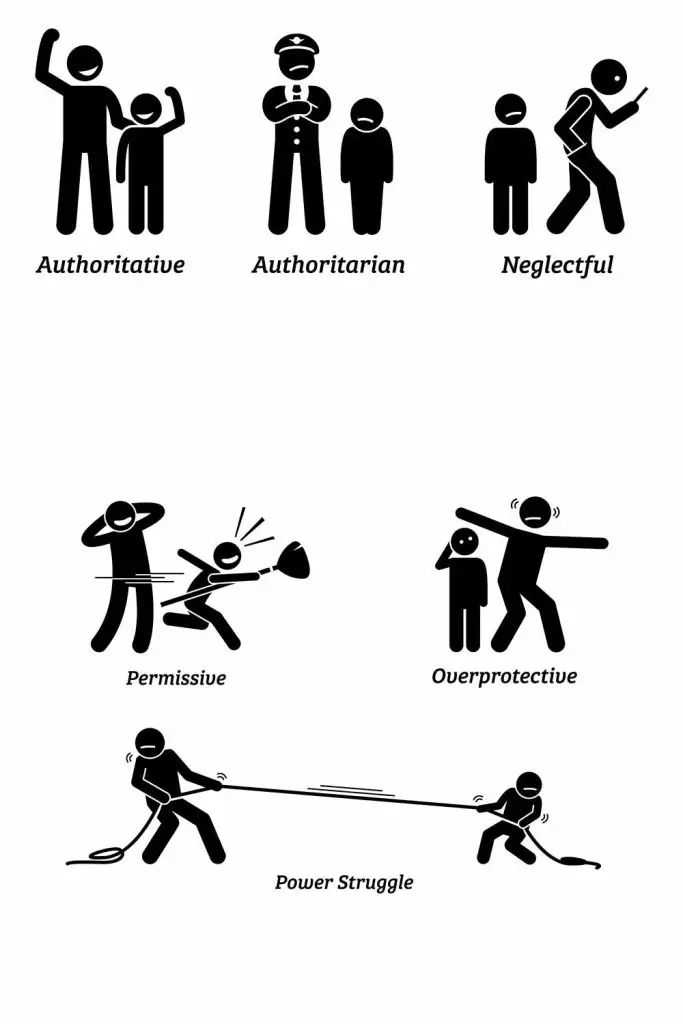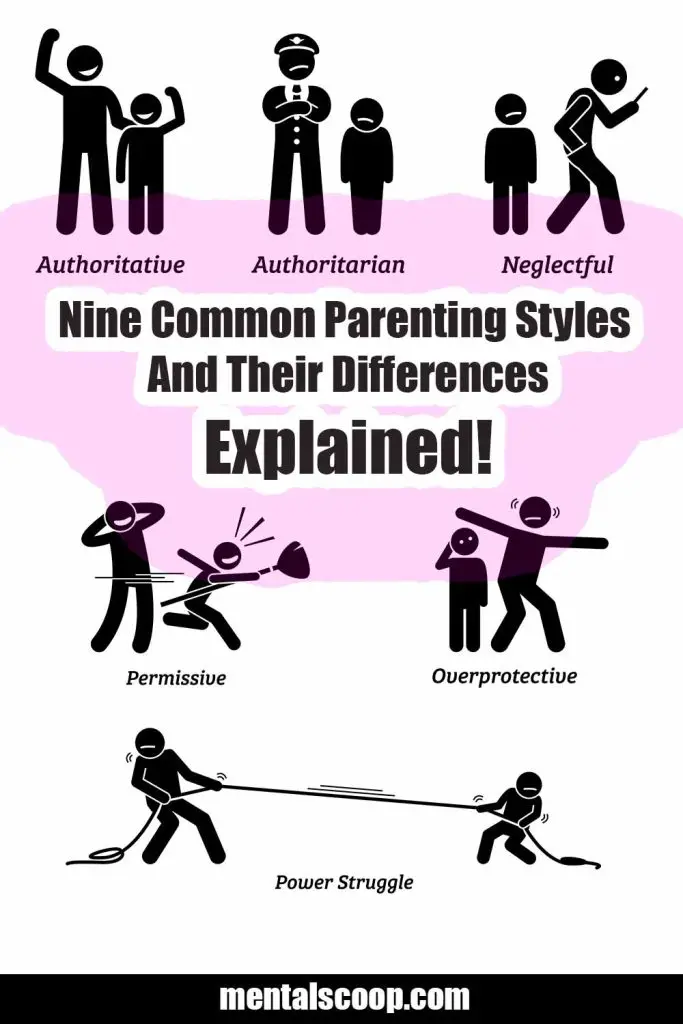Nine Common Parenting Styles and Their Differences, Explained!

Parenting is a rewarding yet challenging journey, and every parent approaches it in their unique way. Understanding different parenting styles can help you navigate this intricate maze of child-rearing. In this article, we’ll explore nine common parenting styles and delve into their distinct characteristics. So, buckle up and let’s embark on this enlightening adventure!
1. Authoritative Parenting:
These parents strike the perfect balance between warmth and discipline. Authoritative parents set clear rules and expectations while also nurturing their child’s independence. They provide guidance and support, fostering a secure and confident environment.
2. Permissive Parenting:
Permissive parents are lenient and indulgent, often avoiding confrontation. While their children appreciate the freedom, they might lack structure and discipline. Permissive parenting can result in impulsive behavior, but it also encourages creativity and exploration.
3. Authoritarian Parenting:
Authoritarian parents are strict and demanding, emphasizing obedience and discipline. Rules are non-negotiable, and failure to comply leads to consequences. While this style instills obedience, it may hinder a child’s ability to think for themselves and problem-solve independently.
4. Uninvolved Parenting:
Uninvolved parents are emotionally detached and provide minimal guidance. Children in such households often fend for themselves, lacking emotional support and supervision. This style can lead to feelings of neglect and low self-esteem in children.
5. Helicopter Parenting:
Helicopter parents hover over their children, constantly monitoring their activities and decisions. While their intentions are to protect, this over-involvement can stifle a child’s ability to develop problem-solving skills and independence.
6. Free-Range Parenting:
Free-range parents believe in fostering independence by allowing their children to explore the world with minimal supervision. They encourage self-reliance, resilience, and responsibility. While it promotes autonomy, safety concerns need to be balanced with this approach.
7. Positive Parenting:
Positive parenting focuses on fostering a positive parent-child relationship. It emphasizes communication, empathy, and understanding. Positive parents use praise and rewards to reinforce good behavior, promoting emotional well-being and self-esteem in their children.
8. Attachment Parenting:
Attachment parenting centers on building a strong emotional bond between parent and child. It emphasizes responsiveness, physical closeness, and continuous nurturing. This style aims to create a secure foundation for a child’s emotional and social development.
9. Spiral Parenting:
Spiral parenting is a flexible approach that adapts to the child’s needs at different stages of development. Parents adjust their parenting style based on the child’s temperament, age, and circumstances. This adaptive style allows for a customized approach, ensuring the child’s evolving needs are met effectively.
In the tapestry of parenting, there’s no one-size-fits-all approach. Each style has its merits and challenges, shaping the unique dynamics of every family. As parents, understanding these styles empowers you to make informed choices that align with your values and your child’s needs.
Remember, parenting is not about perfection; it’s about being present, understanding, and evolving with your child. Embrace the journey, learn from each experience, and, most importantly, shower your child with love and support. Happy parenting!

More interesting articles you may be interested in reading:

How To Remove A Tree Stump Painlessly
10 Vital Home Maintenance Tasks You’ll Regret If You Forget
See How Much Propane Is Left In A Tank With No Gauge
Thanks for reading and be sure to share this info with your friends using the social share buttons below.
Talking about social stuff, consider liking our Facebook page to keep up to date with our articles. Check out our other articles for more mental scoops!

